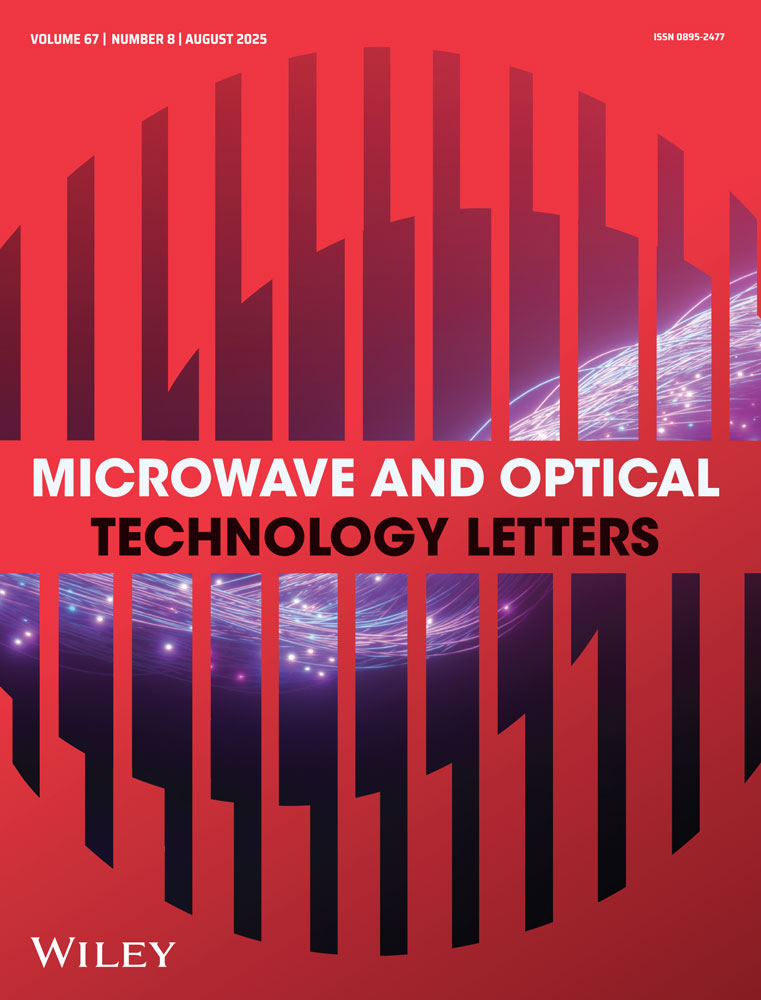Microwave cavity resonators using hard X-ray lithography
Abstract
The performance of high-Q cavity resonators at microwave frequency using the LIGA micro-fabrication process is investigated. This technique enables the formation of deep-cavity structures with highly vertical and optically smooth sidewalls, leading to potentially high Q. The simulations show promising Q improvement, as compared to silicon structures using micromachining and wafer stacking, especially at higher frequencies. The feasibility of obtaining such cavities with hard X-ray lithography (XRL) is demonstrated. © 2005 Wiley Periodicals, Inc. Microwave Opt Technol Lett 47: 353–357, 2005; Published online in Wiley InterScience (www.interscience.wiley.com). DOI 10.1002/mop.21168




